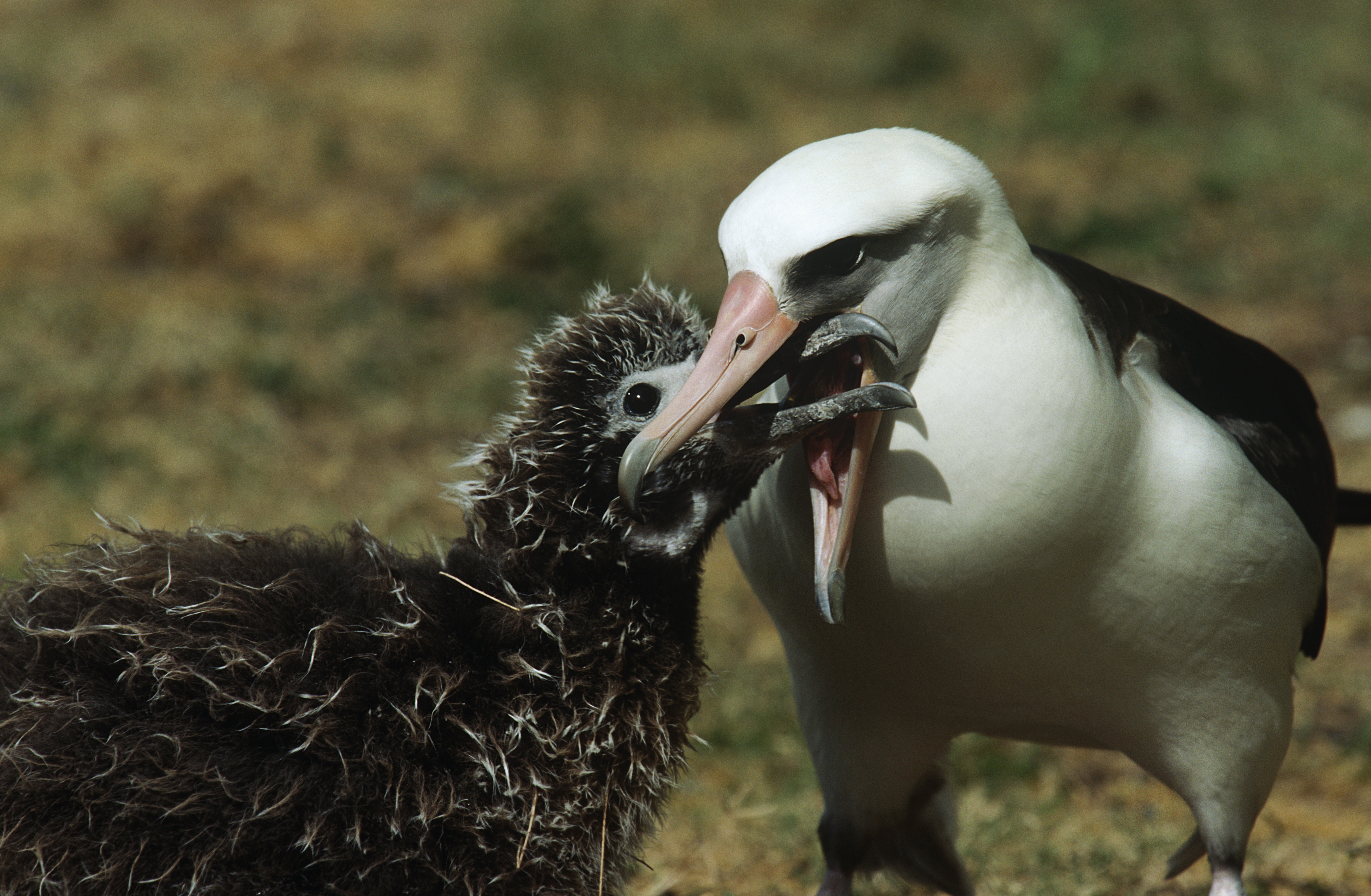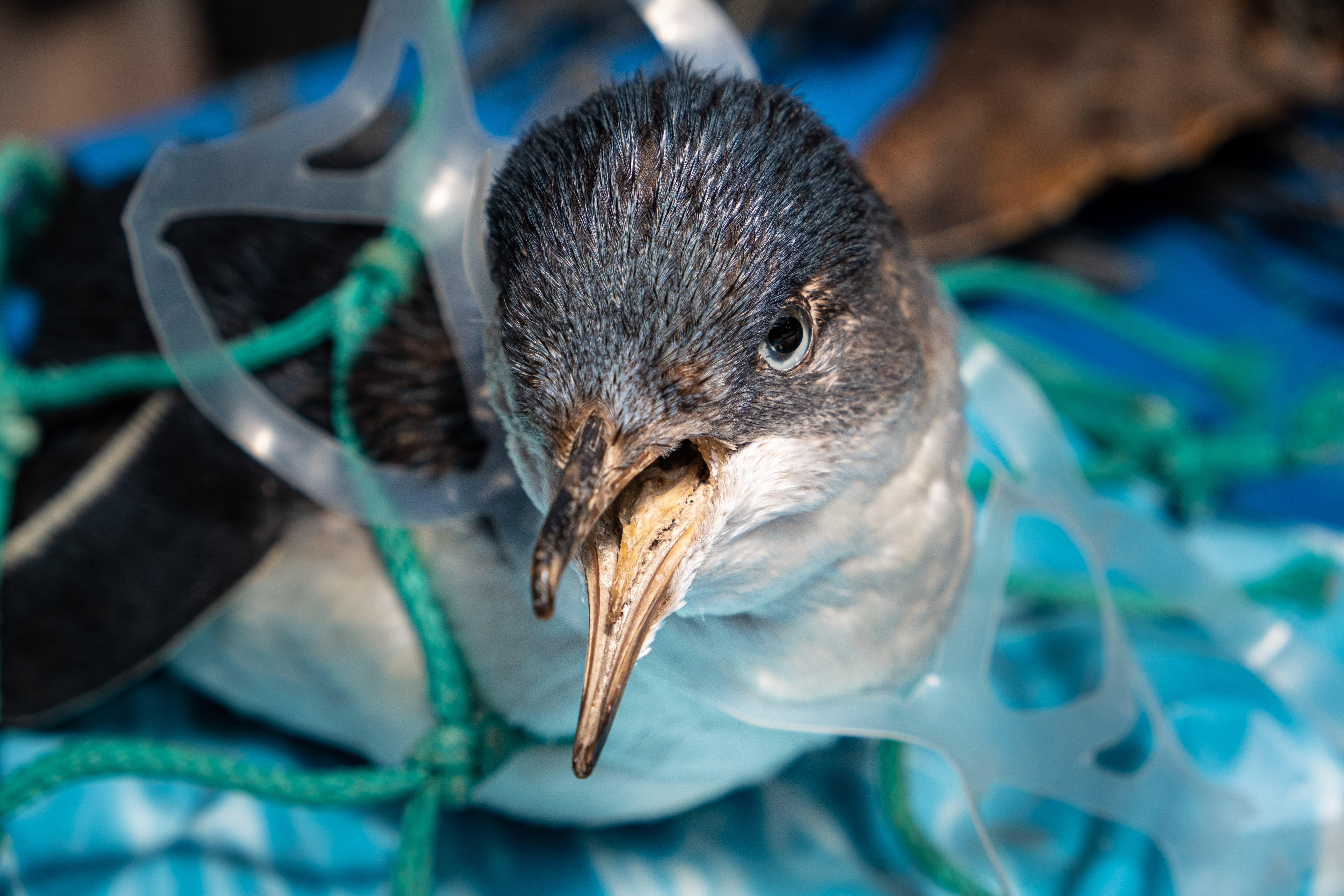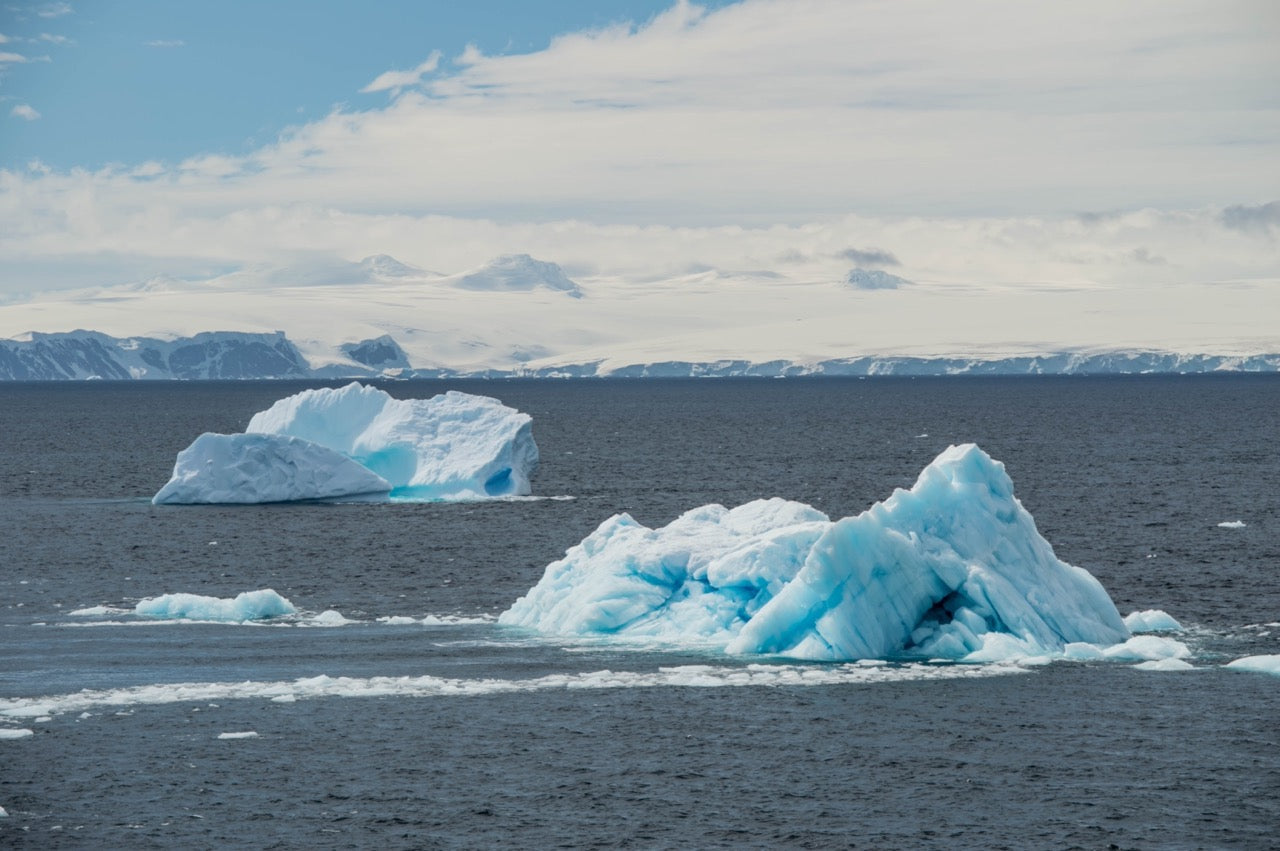5 MIN READ
3-4-2024
What Do
Seabirds Eat?
Evidently, Plastic.
Mikaela Walsh, 4ocean Research Analyst
Marine birds inhabit vast regions along the coastlines due to an abundance of their food source coming from the aquatic environment.
However, recent research has shown that seabirds are consuming a significant quantity of plastic debris, often mistaking it for food. With the plastic production continuing and the oceanic plastic crisis increasing, it is estimated by the year 2050, 99% of all seabirds will have ingested plastic debris. Sea birds are at a high risk for ingestion of plastic due to their ability to fly and scour the ocean surface in hopes of finding food.
Sea birds often see floating debris on the surface of the ocean and will further eat this plastic debris.This is indigestible material, and it will sit in their stomachs appearing that the bird is full when in reality it is starving. Plastic debris does not have nutrients but rather chemicals and toxins that are entering into the birds bodies. This material will sit in the bird's stomachs and could possibly cause intestinal tears.

The first animal that was examined with plastic ingestion was Laysan albatross, a marine bird, in 1966. This was found almost 20 years before the Great Pacific Garbage Patch was discovered. Laysan albatross are primarily found off the coasts of Hawaii and are known for their larger size among bird populations. Due to birds feeding habits of the mother bringing food to the nest to feed chicks. Researchers found container lids and toys inside the stomachs of these birds.
Upon further research of this species researchers found that, Laysan albatross have shown that 98% of the chicks already have plastic debris in their stomach. They examined 251 chicks, only 6 chicks did not have plastic in their stomach. This raises a huge concern because these chicks have not even left the nest to hunt for food and already have indigestible material in their digestive system.

Plastic debris ingestion is affecting all different sea birds across the globe. Even in remote areas, such as the Galapagos islands or the Arctic, sea birds are being found with plastic ingestion. Despite the difficult task of monitoring wildlife in remote areas, researchers have found that in the arctic, over half the birds were found with evidence of plastic ingestion, despite little human inhabits. This is concerning because the animals in the arctic are hard to examine due to the frigid temperatures and habitable space. The plastic debris is carried throughout the ocean currents and reaches the frigid arctic. Another remote location that has been shown to face the impacts of the oceanic plastic crisis is the Galapagos islands. These islands are in the middle of the pacific ocean with virtually no human intervention. Over 97% of the galapagos are reserved for conservation and marine life is still ingesting plastic debris in these areas.

Plastic pollution has detrimental effects on all forms of life, but it is disastrous for a filter feeder.
Plastic pollution posses a significant threat to seabirds, as they ingest various forms of plastic waste, ranging from microplastic particles to larger debris. The ingestion of straws have been found to make tears in the sea birds stomachs and digestive tract leading them to death. Sea birds are also at risk for entanglement in abandoned fishing gear as well due to their abundance of sightings near the coastline and foodsource trapped in old fishing gear. In California, out of 354 animals that were entangled in plastic debris and abandoned fishing gear, seabirds accounted for 97%. Sea birds are highly affected by the oceanic crisis due to their ability to enter different environments.

Sea birds are very important to our ecosystem and aquatic life as they help cycle nutrients from the terrestrial and aquatic environment. Unlike most marine animals, seabirds have the ability to enter the ocean and land very easily, due to their ability to fly. They often nest and live in the terrestrial environment, and hunt over the open waters. Sea birds are facing a major threat of floating plastic debris and mistaking it for food. These animals were the first discovered to ingest plastic debris and it is only increasing with the amount of plastic entering our oceans everyday. Plastic production is up to 300 million tons a year and it is estimated that 14 million tons enter our oceans every year. In conclusion, the ocean continues to accumulate plastic debris and microplastic particles, posing a serious threat to marine life. To address this issue, individuals can play a role by reducing their use of single-use plastics and supporting companies committed to promoting a clean ocean environment.

Photo: GregBrave
You May Also Like


